First eye examination for preschool children
When should children have their first eye test?
Three and a half is around the time we recommend children to have their first routine eye test. Around this age is when we get more meaningful results and we can pick up finer anomalies.
It’s also the time when children lay the foundations of learning, having the best vision gives them the best start. Any concerns before this age should be directed to your GP or health visitor.
How can you test a child who won’t sit still?!
An eye test for a 'threenager' is often a more daunting prospect for parents than the children themselves! A 3 year old is notoriously energetic and most parents are worried their child won’t able to sit for long. However, you would be surprised, most 3 years old are sufficiently curious and engaged throughout the examination. The examination is a very different circumstance to behaving at a dinner table, in this instance it's all about them, and children love to be the centre of attention!
The eye test is presented like a game with lots of pictures and lights. And is shorten and adapted to suit each individual child. In anycase tests that aren’t done on the day can be revisited on another day. Plus there is definitely no judgement should your child be having a bad day!

Visual acuity
We assume that the average preschooler won’t know their letters, so we have specially designed pictures to check the level of vision accurately which can be compared with regular Snellen (traditional chart) letters. We also have matching cards for non-verbal children.
Binocular vision
Binocular vision is how the eyes work together. Checking this is very important as we can pick up strabismus (where one eye drifts away from the other) . This can be a leading cause of amblyopia (lazy eye) We use pictures (including 3D pictures) and lights to assess the binocular vision, convergence and movement the eyes.
Prescription
In an adult examination we compare the clarity of a series of lenses to arrive at the spectacle prescription. This isn’t always possible with pre-schoolers. Instead we use objective measurements like our digital autorefractor and manual retinoscope that don’t rely on responses from children to determine the prescription. We also use drops called cyclopentolate in all new patients under 6 years old. The drops help relax the focusing muscles in the eyes so we can see the full stable prescription.
Eye health
We check the health of the back of the eyes usually with a handheld light called an ophthalmoscope. We can also take a picture of the back of the eyes. Obviously the health of the eyes are very important. Particularly to pick up optic nerve swelling (papillodema ) and retinal tumours (retinoblastoma) which are serious but thankfully rare childhood conditions that may not have any early symptoms and would otherwise go undiagnosed.
Take away points
In summary, routine eyes test are important for preschool children. This give them the best start to learn and develop normally. Concerns about behaviour during the eye test shouldn’t be a barrier. Most parent are surprised at how well they do!
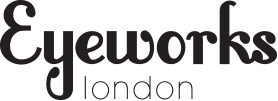
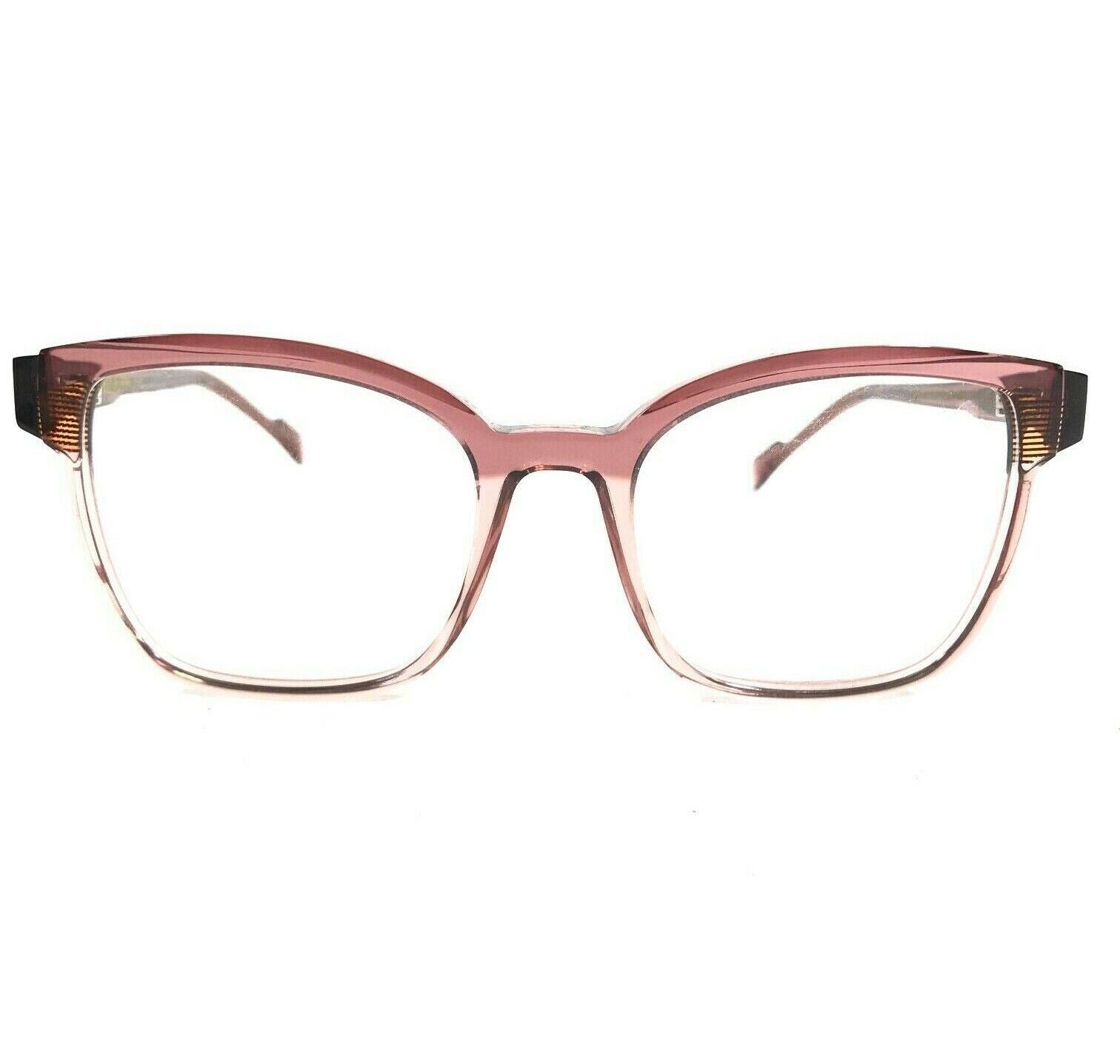
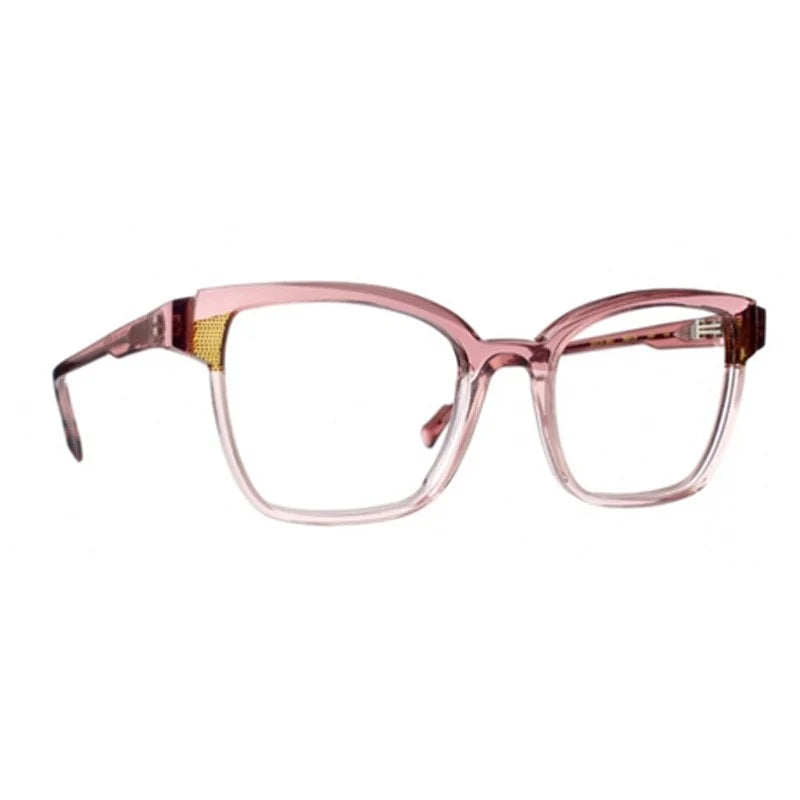
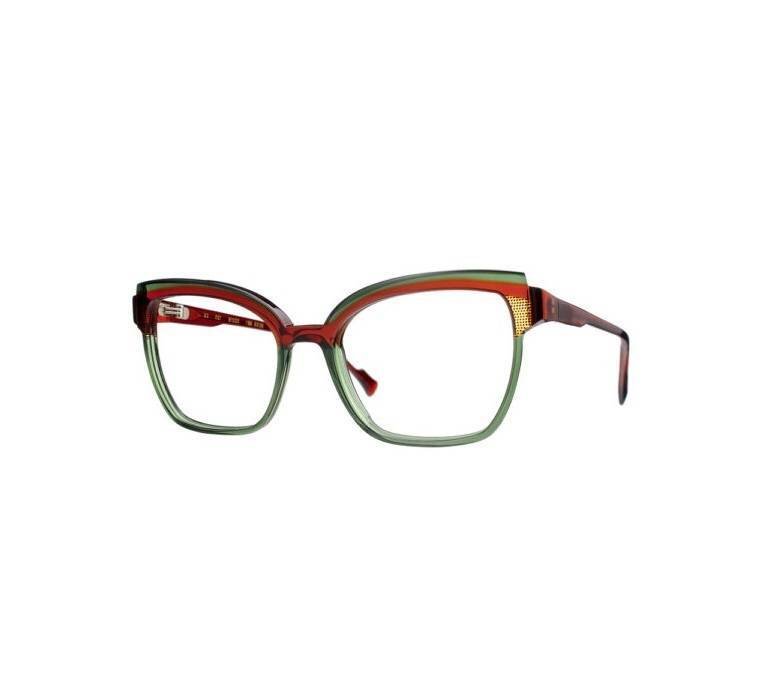
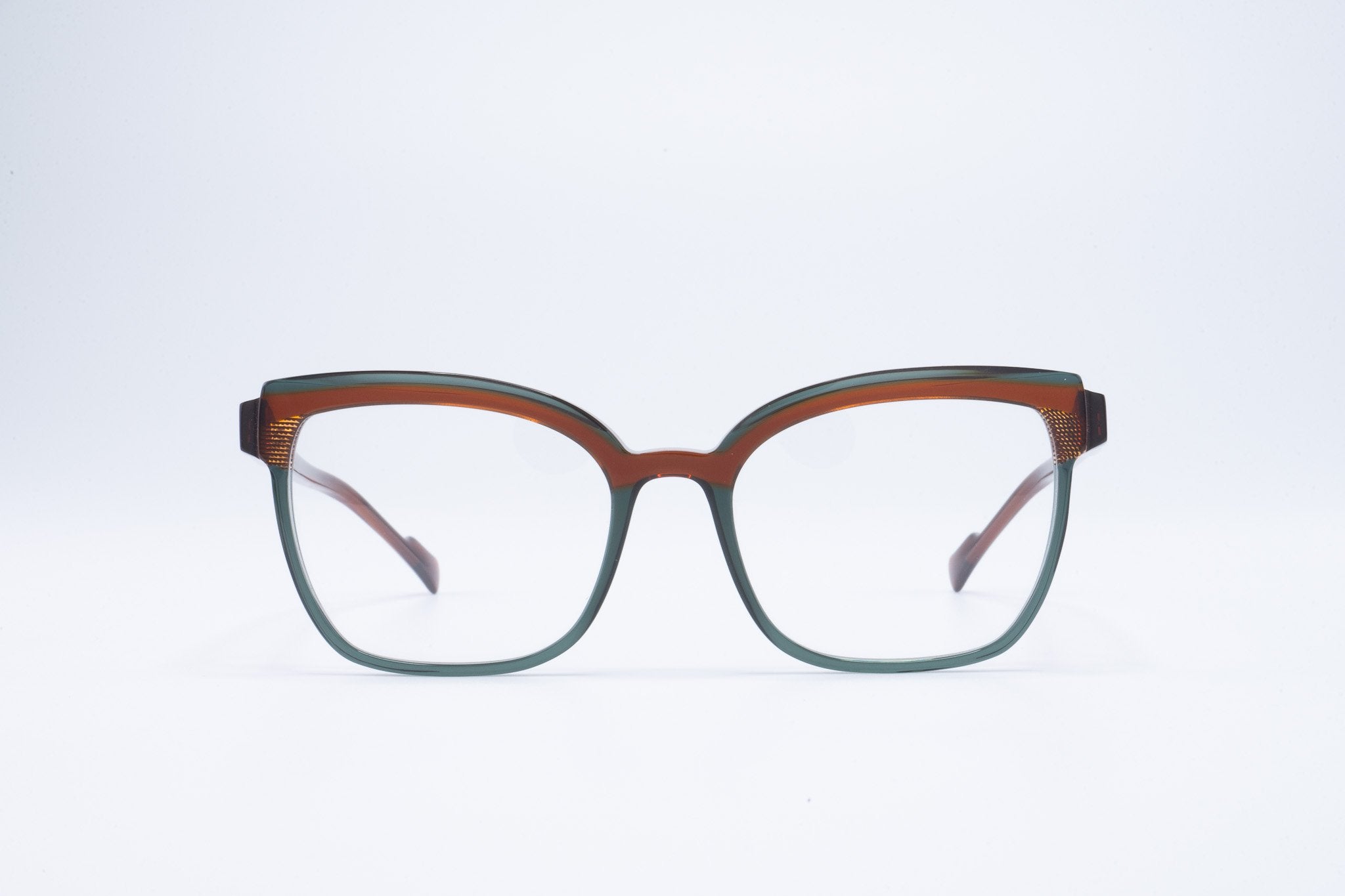
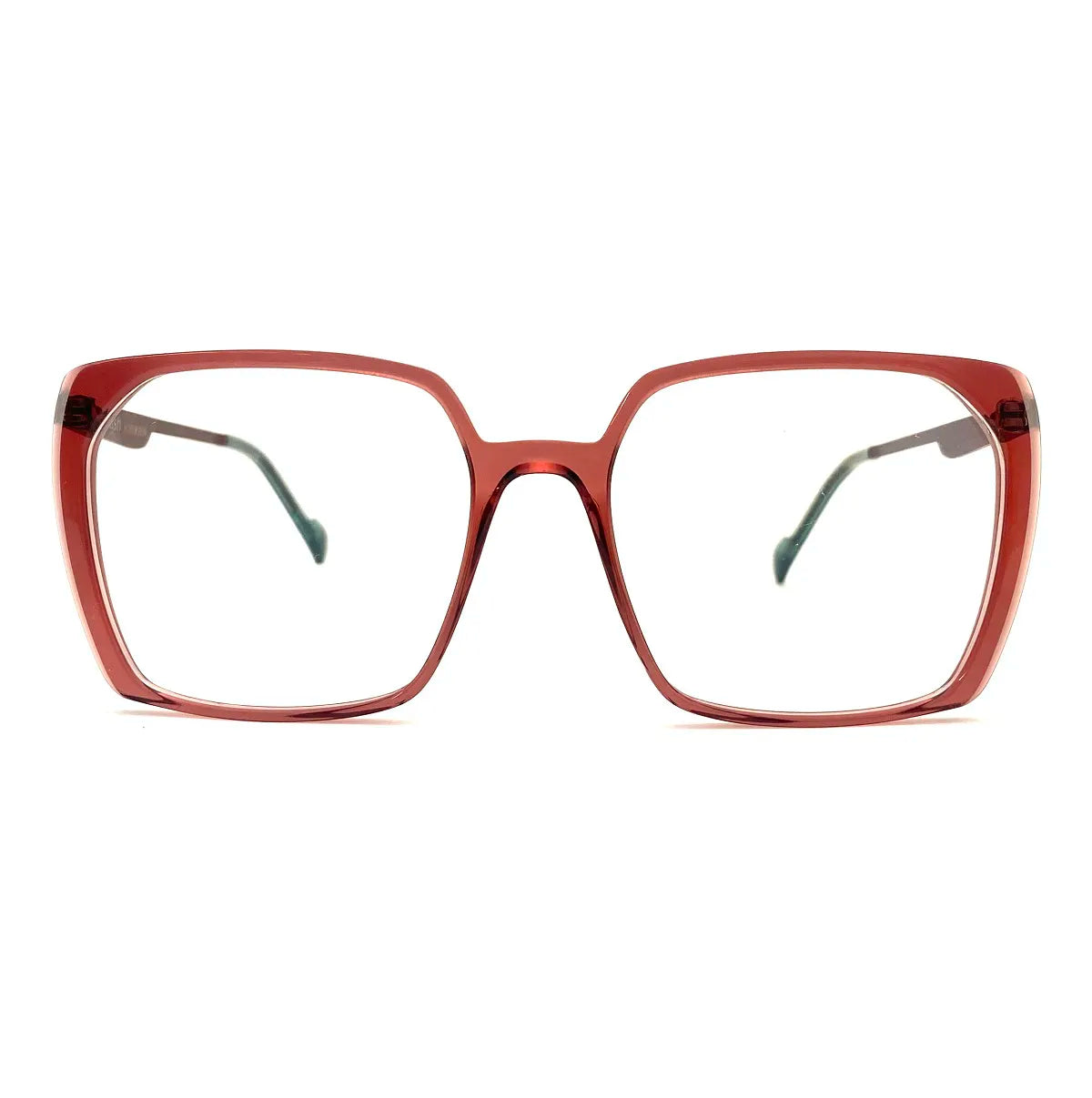
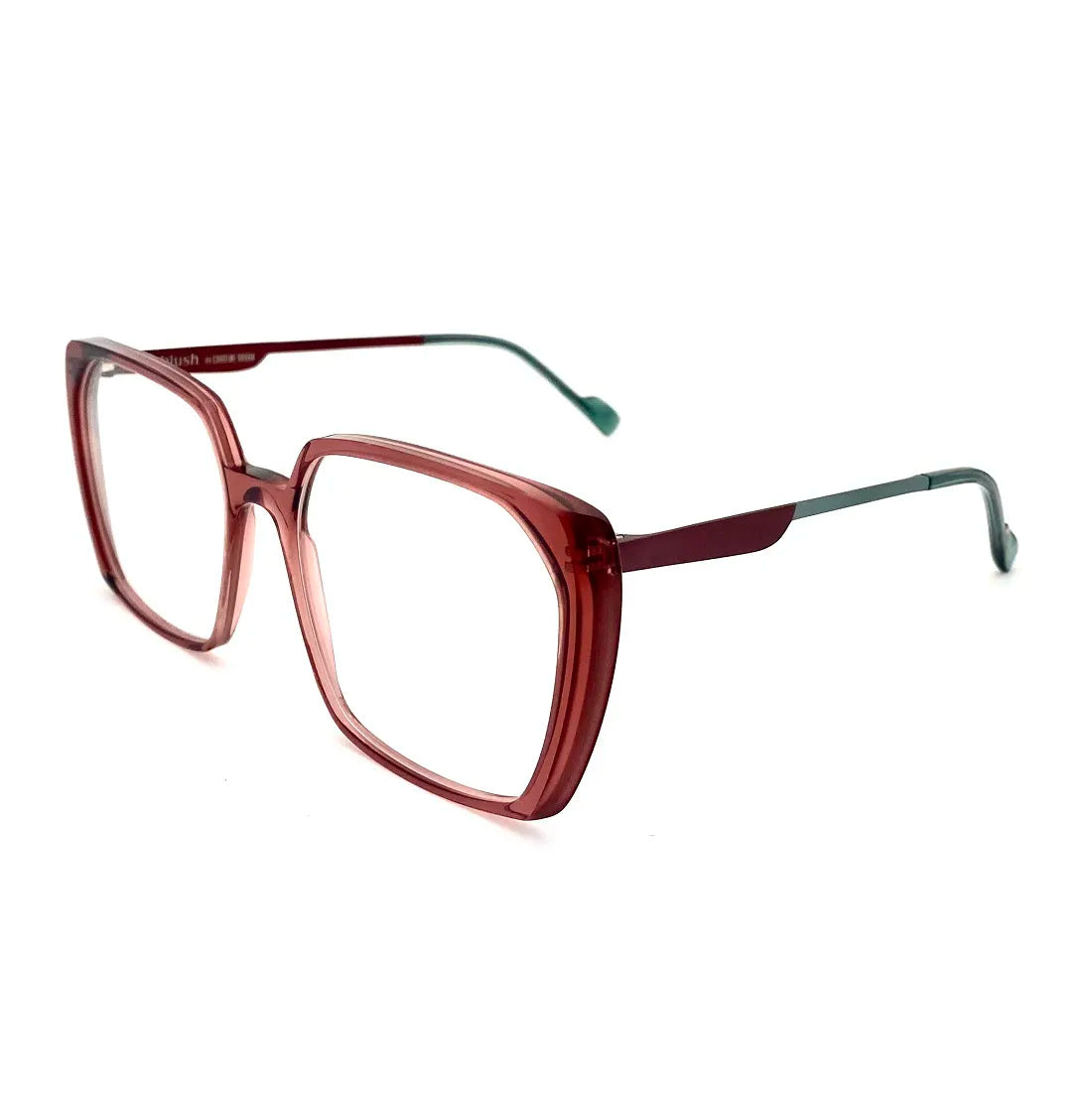
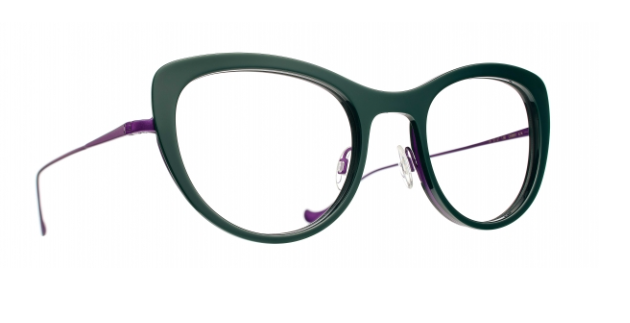
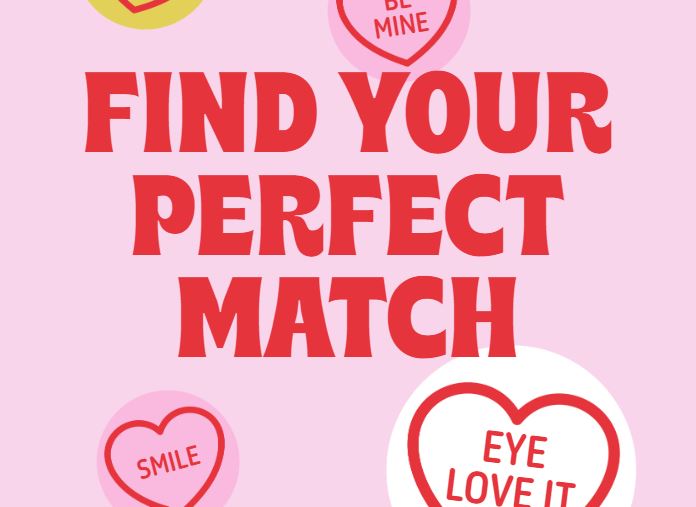
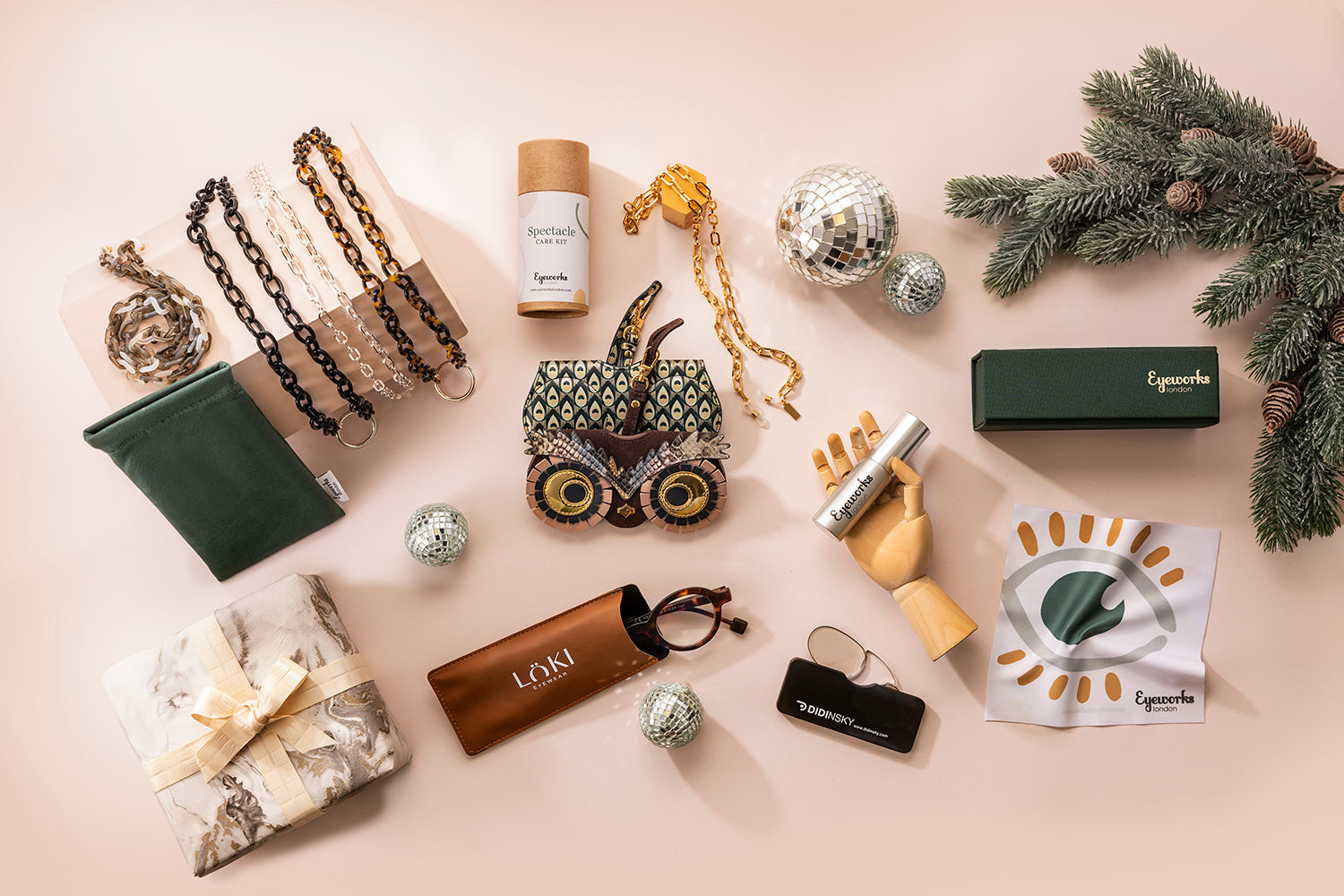

Leave a comment